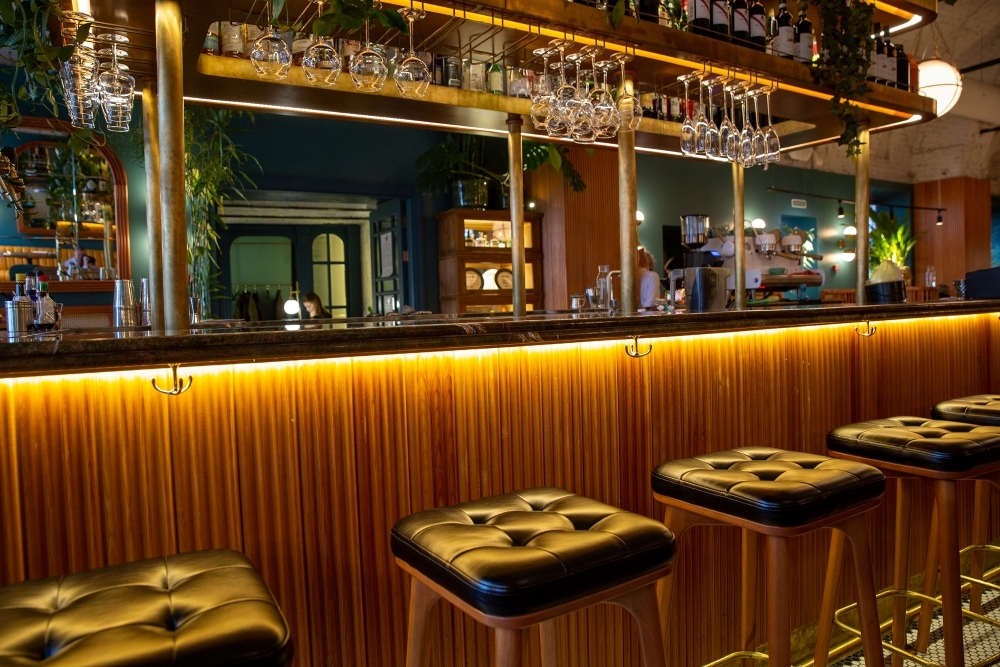Best Places to Live in West Yorkshire
West Yorkshire is one of England’s northern beauties, occupying more than 2,000 square kilometres. From beloved Yorkshire puddings to cricket legends and acres of natural landscapes, West Yorkshire embodies the best of Britain’s glorious past and its cosmopolitan present.
The ceremonial county encompasses five main boroughs, spanning a few metropolitan cities, several small towns, and an assemblage of charming villages. Read on to uncover the best places to live in West Yorkshire.

Wakefield
Wakefield is one of West Yorkshire’s major cities. A cathedral city, Wakefield is a pivotal cultural hub in the region, with a fascinating industrial heritage. At present, it is England’s 26th most populous region.
It is situated on the banks of the River Calder and has been occupied since prehistoric times. In the 15th century, the city’s substantial coal reserves were discovered, which contributed immensely to the region’s economy. By the 18th century, Wakefield was prospering as an exporter of textiles, coal, and corn. It gained cathedral status in the 19th century owing to the presence of the mediaeval Wakefield Cathedral, which boasts Yorkshire’s tallest spire.
Wakefield is steeped in history and commercial promise. Today, it is associated with verdant parklands, rhubarb festivals, a flourishing job market, and a warm community. It presents Britain’s rich history and the convenience of modern amenities, providing for all kinds of lifestyles.
Also Read: Best Places to Live In North Yorkshire
Leeds
Leeds is the largest settlement in Yorkshire and the most prominent metropolis in West Yorkshire.
Located on the River Aire, Leeds was initially a vivacious market town. During the industrial revolution, it evolved into a factory town; Leeds became a major centre for the iron, flax, wool, and printing industries, besides a vibrant engineering and shopping centre. By the 19th century, it was a modern city with a booming economy, a robust housing market, and a large population.
Today, Leeds is known for its world-class titular university, its beautiful Victorian-era architecture, and its eclectic job landscape. It is home to over 109,000 companies and forms 5% of England’s £60 billion economic output.
Also Read: Best Areas in Leeds
Castleford
Castleford is a small town shrouded in Roman lore and Rugby enthusiasm. With a serene atmosphere, a tightly knit community, and a repertoire of communal festivals, Castleford is the ultimate idyllic getaway.
Built on a Roman military settlement, Castleford has been bubbling with commercial activity for hundreds of years. It has, however, remained a rather modest town. It saw its most significant population boom in the 19th century when it rose from 1000 to a staggering 14,000. The town has hosted several iconic factories, such as Nestle and Wesley Textiles.
Today, Castleford is a vivid town with an assemblage of rugby teams, prime educational institutes, and a well-connected transport network. It boasts a unique community culture, underscored by its eclectic market, independent boutiques, fairs, and delightful coffee shops. The architecture is particularly striking, highly evocative of a mediaeval English countryside.
Also Read: Best Places to Live In Yorkshire for Families
Hebden Bridge
Hebden Bridge is a market town perched on the confluence of the River Calder and the Hebden Water. It is a uniquely flamboyant town, with a distinctively chirpy populace, quirky venues, and an ultra-progressive culture. Every nook and cranny brims with delightful character, rendering Hebden Bridge the “fourth funkiest town in the world.”
Once a sparse settlement, Hebden Bridge developed during the Industrial Revolution; it was transformed into a productive trading centre due to its rivers. Further, water-powered textile mills started dotting the region, leading to the nickname “Trouser Town.”
Today, Hebden Village is West Yorkshire’s – and indeed England’s – very own bohemian paradise. Its high streets are unabashedly colourful, its boutiques are off-beat, and frolic prevails. With its overtly merry persona, welcoming community, and high quality of life, one is assured a comfortable life in Hebden Bridge.
Also Read: Small Towns in Lancashire
Saltaire
Saltaire is a Victorian model village located at the intersections of the River Aire and the Leeds and Liverpool Canal. This World Heritage Site is named after Sir Titus Salt, an English manufacturer and politician who built a textile mill on the River Aire. He also built houses for his workers to improve their appalling living conditions.
The Salts Mill, which was established in the mid-1800s, led to the settlement flourishing. While it shut down in 1986, the mini-city was revamped by renowned architects Lockwood and Mawson with elevated Italianate architecture. Renewed with new life, Saltaire is home to art galleries, upscale restaurants, boutiques, and an innovative technology company called Pace.
A haven for working professionals, nuclear families, and individuals who aspire for life’s finer things, Saltaire is one of England’s model city success stories. The Sunday Times called it one of the best places to live in the UK in 2024.
Also Read: Best Towns in Oxfordshire
Ilkley
Ilkley is an affluent spa town situated on the banks of the River Wharfe. It is a heritage town enveloped by Yorkshire’s verdurous countryside, making it the idealised country escape.
Ilkley is steeped in fascinating history, with its origins dating back to the Mesolithic period. This modest settlement blossomed into significance in the Victorian era as a vogueish spa town. This was sparked by the establishment of Ben Rhydding Hydro, a hydropathic centre. Many of England’s elite, such as Charles Darwin, underwent hydropathic treatment here.
A population boom led to the construction of homes, hospitals, and shops. Today, Ilkley is an ethereal remnant from the bygone, with its gorgeous collection of Victorian homes, romantic moorlands, and tranquil parklands. It is abounding with high-end cafes, boutiques, leisure centres, and schools.
Also Read: Best Towns in Dorset
Wetherby
Ensconced between Leeds, Harrogate, and York, Wetherby is an affluent market town on the River Wharfe.
The town has a tumultuous history, marred by invasions and battles against the Scots. It also played a significant role in the English Civil War in 1644. Steeped in dramatic political history, Wetherby grew significantly after the world wars due to grand redevelopment efforts.
Today, Wetherby is a picturesque town with countless leisure venues, good private schooling, a vibrant community centre, and attractive residential offerings. As one of England’s safest towns, it has earned a reputation of being one of West Yorkshire’s most family-friendly places.
Also Read: Best Area to Live In Reading
From quaint villages to charming towns and bustling cities, the county of West Yorkshire delivers an exceptional quality of life on all fronts. Whether you’re exploring new business ventures or are looking to savour a slow life, you’ll find your place here. From Wakefield to Wetherby, these are some of the best places to live in West Yorkshire.



